
‘This Is Huge’: Sweeping Forest Bill Gathers Foes
A British Columbia government bill that would radically shift the management of public forests is drawing criticism from environmental groups, the head of the Union of B.C. Indian Chiefs and opposition politicians.
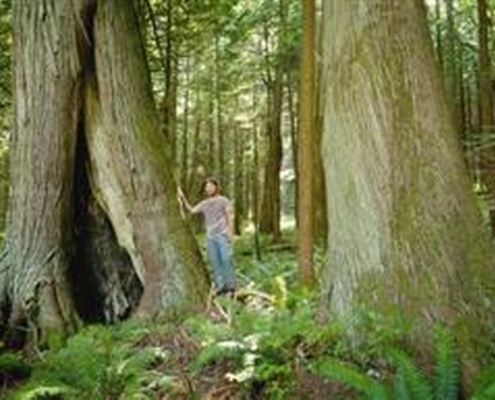
B.C’s Remaining Old-Growth Forests Non-Renewable: Sierra Club Report
The B.C. government continues to look for ways to feed more timber to struggling sawmills through proposed Forest Act changes, but the government is failing to consider the massive role intact old-growth forests play in fighting climate change, says the report, Carbon at Risk: B.C.’s Unprotected Old-growth Rainforest.
Logging B.C. old-growth forests accelerates climate change: Sierra Club report
One year of logging old-growth forests in southwestern B.C. blows away a year of carbon-emissions reductions made through climate-change fighting initiatives such as the carbon tax, says a Sierra Club report released Wednesday.
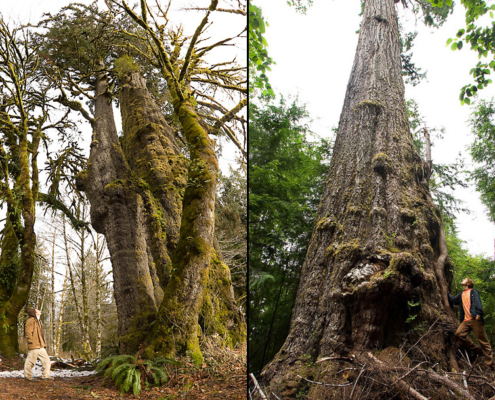
Feb. 28th Presentation at SFU: The Ancient Forest Alliance’s Pre-Election Campaign with Ken Wu
Hear about the Ancient Forest Alliance's campaign to ensure that the fate of BC's ancient forests and forestry jobs are central election issues in the next several months leading up to the May 14, 2013 provincial election. Learn about the ecology and politics of BC's old-growth forests, see TJ Watt's spectacular photos of the Upper Walbran Valley, Fangorn Forest, Echo Lake Ancient Forest, Christy Clark Grove, Cortes Island, Stillwater Bluffs, Day Road Forest, McLaughlin Ridge, and other endangered ancient forests.
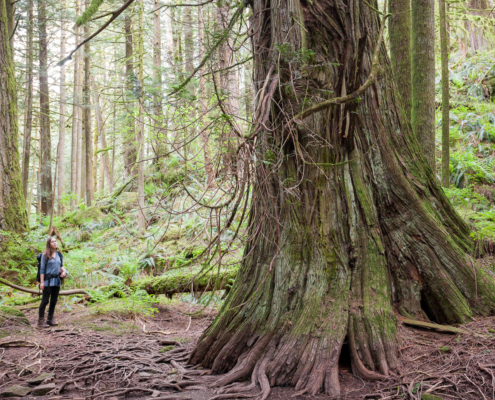
BC Government Protects about half of Echo Lake’s Old-Growth Forests
The BC government has protected about half or more of old-growth forests around Echo Lake, an extremely rare, lowland old-growth forest between Mission and Agassiz in the Fraser Valley east of Vancouver. The Ministry of Forests made the announcement last week, where about 55 hectares of old-growth forests have been included in an Old-Growth Management Area (OGMA) on Crown lands primarily on the south side of Echo Lake.
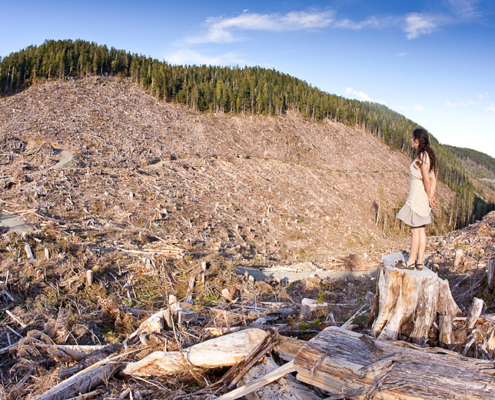
Pine Beetle used as Trojan Horse to Increase Privatization of BC’s Forests through Ministerial Fiat instead of Democratic Legislative Vote
On Wednesday, the BC Liberal government introduced a proposed bill that would enable the massive increase of private property rights for major logging companies on BC’s public forest lands by empowering the Forest Minister to quickly create new Tree Farm Licences (TFL’s) in BC through fiat – that is, through policy decree rather than through a vote in the Legislative Assembly of elected politicians (Members of the Legislative Assembly - MLA’s).
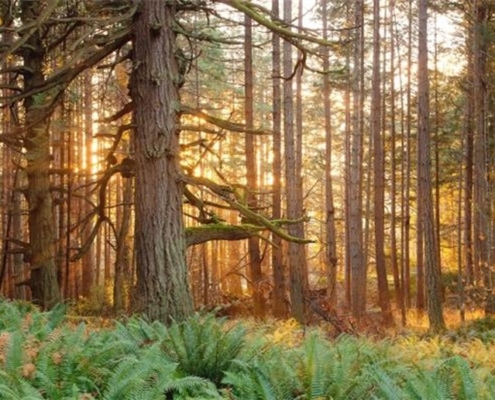
B.C. land protection insufficient to conserve species biodiversity: report
Environmental protection of B.C.’s landscapes is fragmented, inconsistent and falls woefully short of what scientists say is needed to conserve species biodiversity, according to a comprehensive land-use review released Thursday by environmentalists.
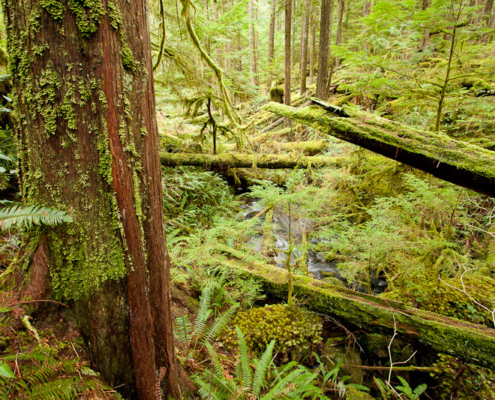
The Ancient Forests of Cortes Island #2: The Carrington Bay Children’s Forest
There is very little common ground between Island Timberlands’ logging methods and how the community would like forestry to be done on Cortes—but as this is private managed forestland, there’s not a whole lot they can legally do about it.
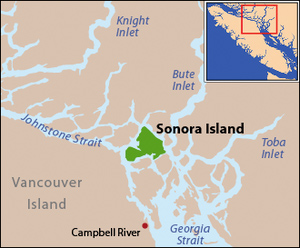
Tourism group set to battle Okisollo loggers and the provincial Liberals
Members of the Discovery Island Marine Tourism Group say their concerns have fallen on the deaf ears of the B.C. Liberal Government and the current logging operations will harm their industry for years.

Forest policy must change, forum hears
Policy analyst Eric Hamilton-Smith said there is growing pressure to log marginal forest — including old growth — to compensate for the shortfall due to mountain pine beetle. He also pointed to increased volumes of waste wood, policies absolving companies from having to build mills in communities and a draft policy to convert forest licences into tree farm licences. If government were serious about developing secondary manufacturing in the sector, it could create tens of thousands of jobs, he said.
